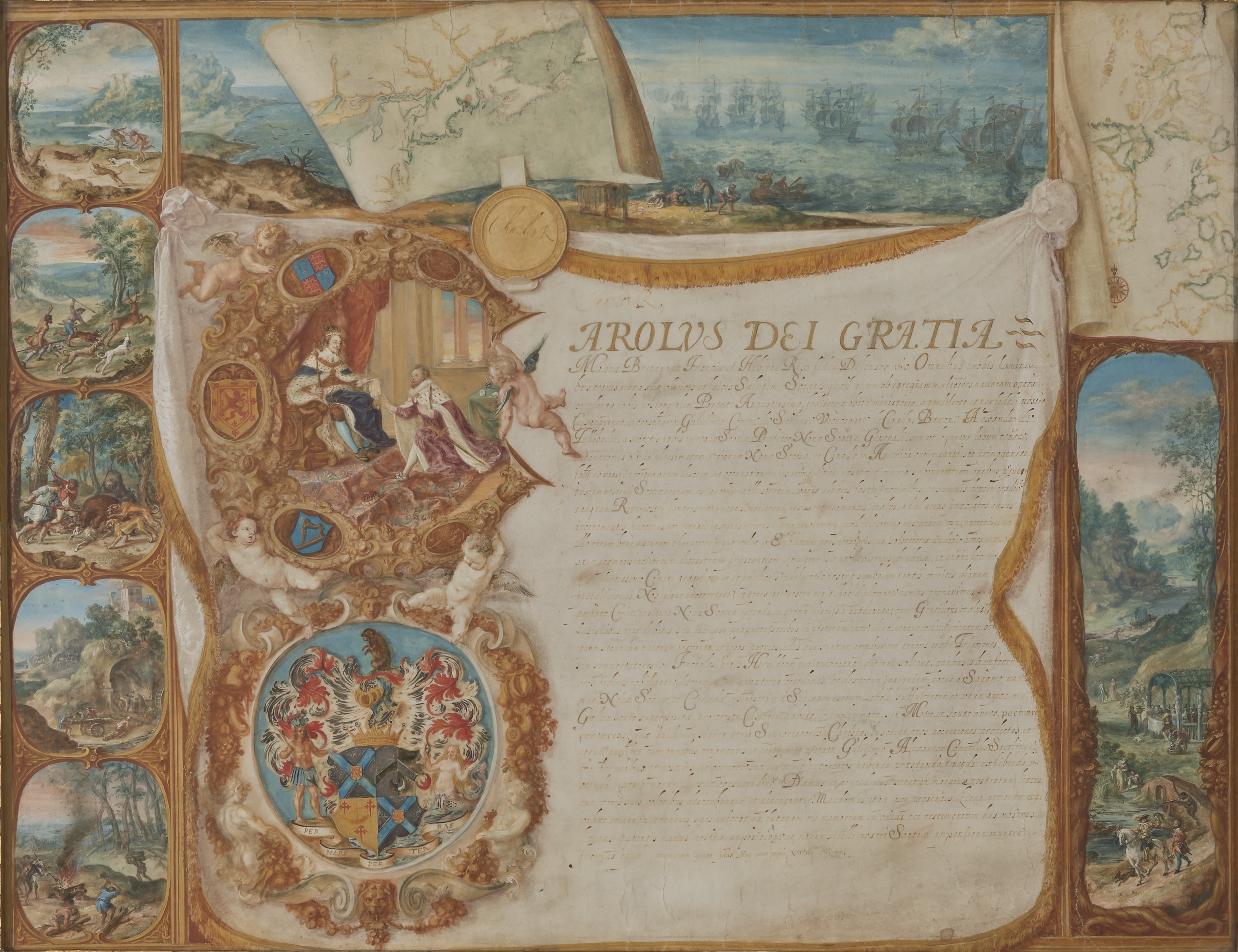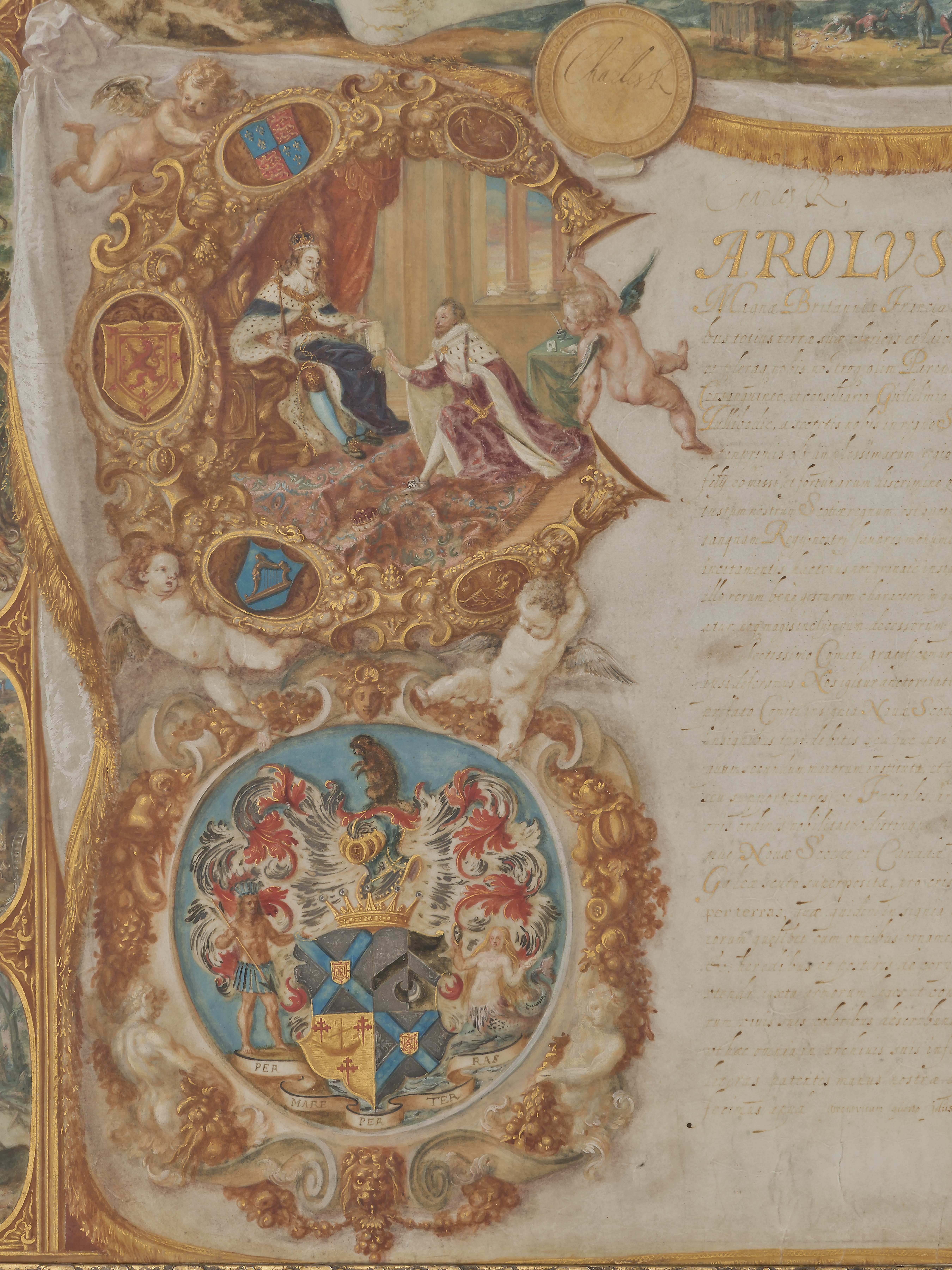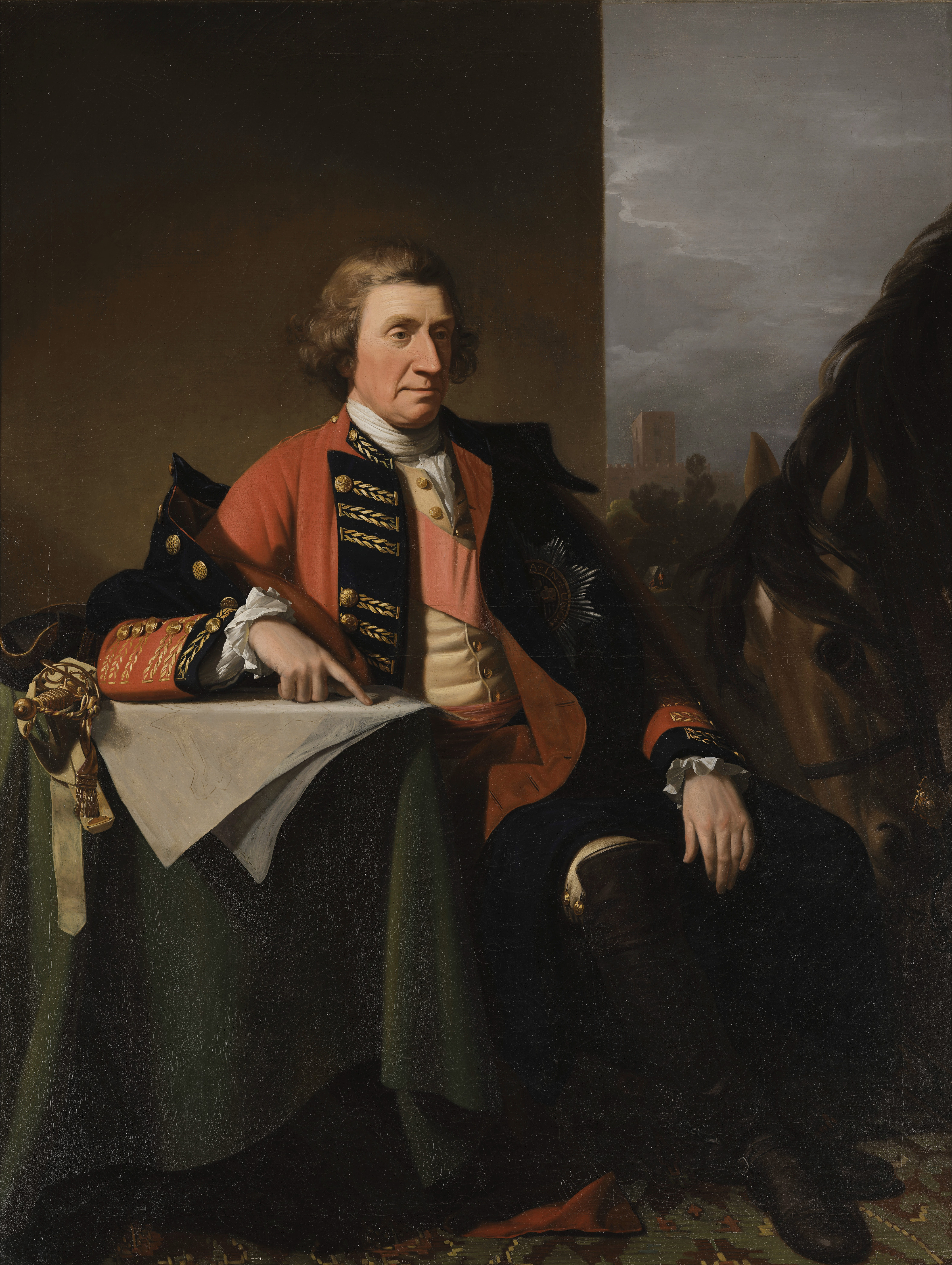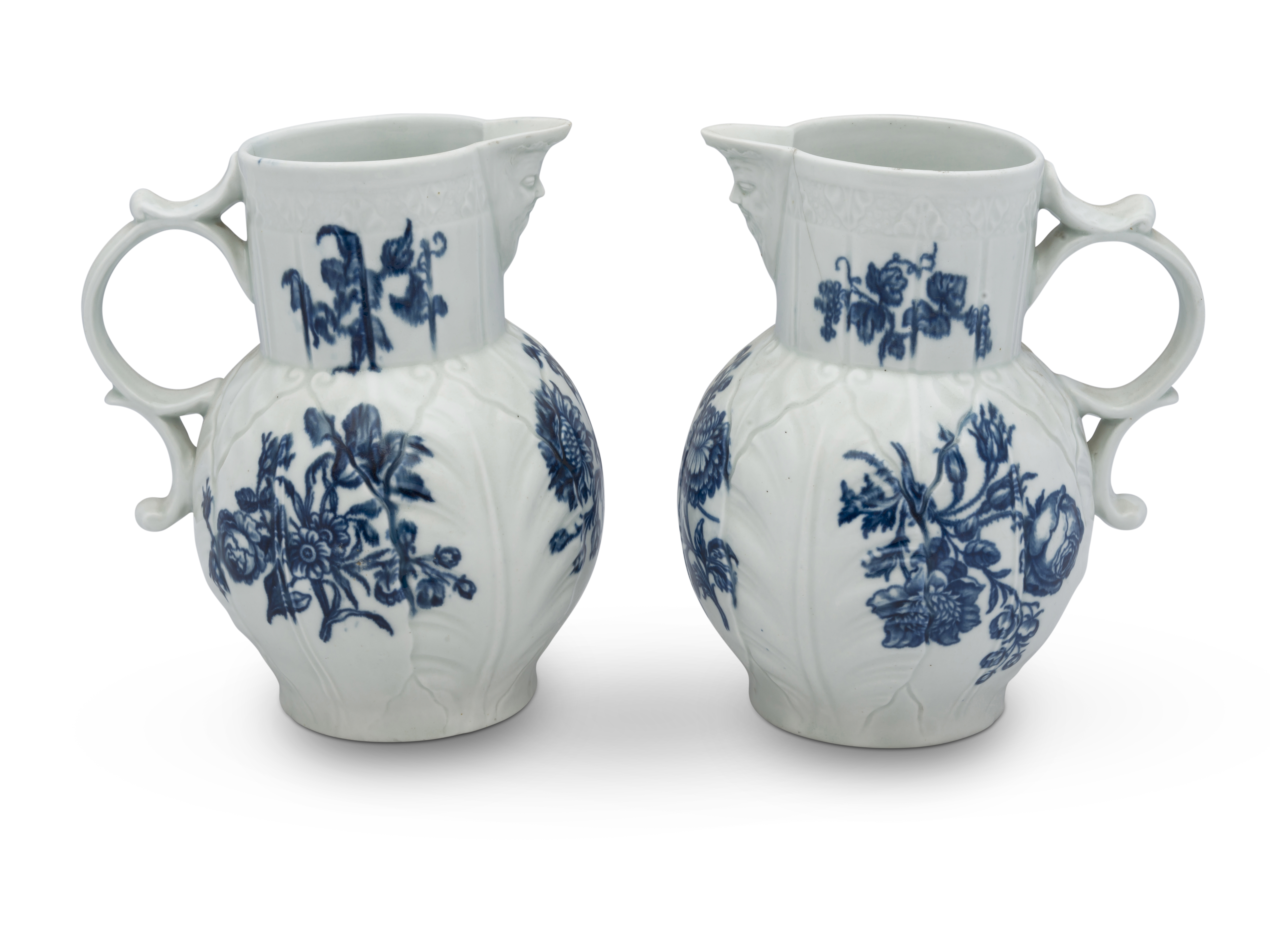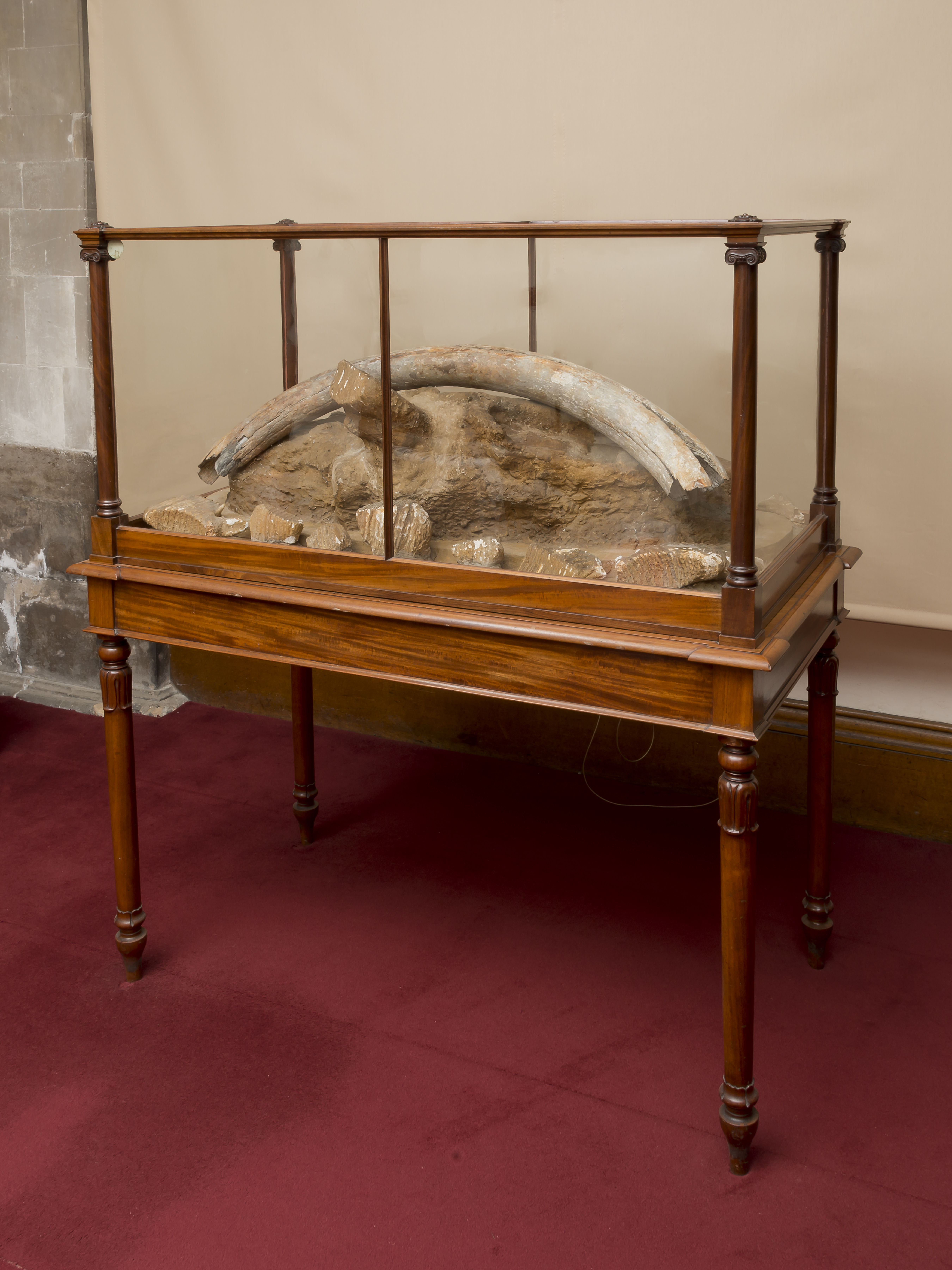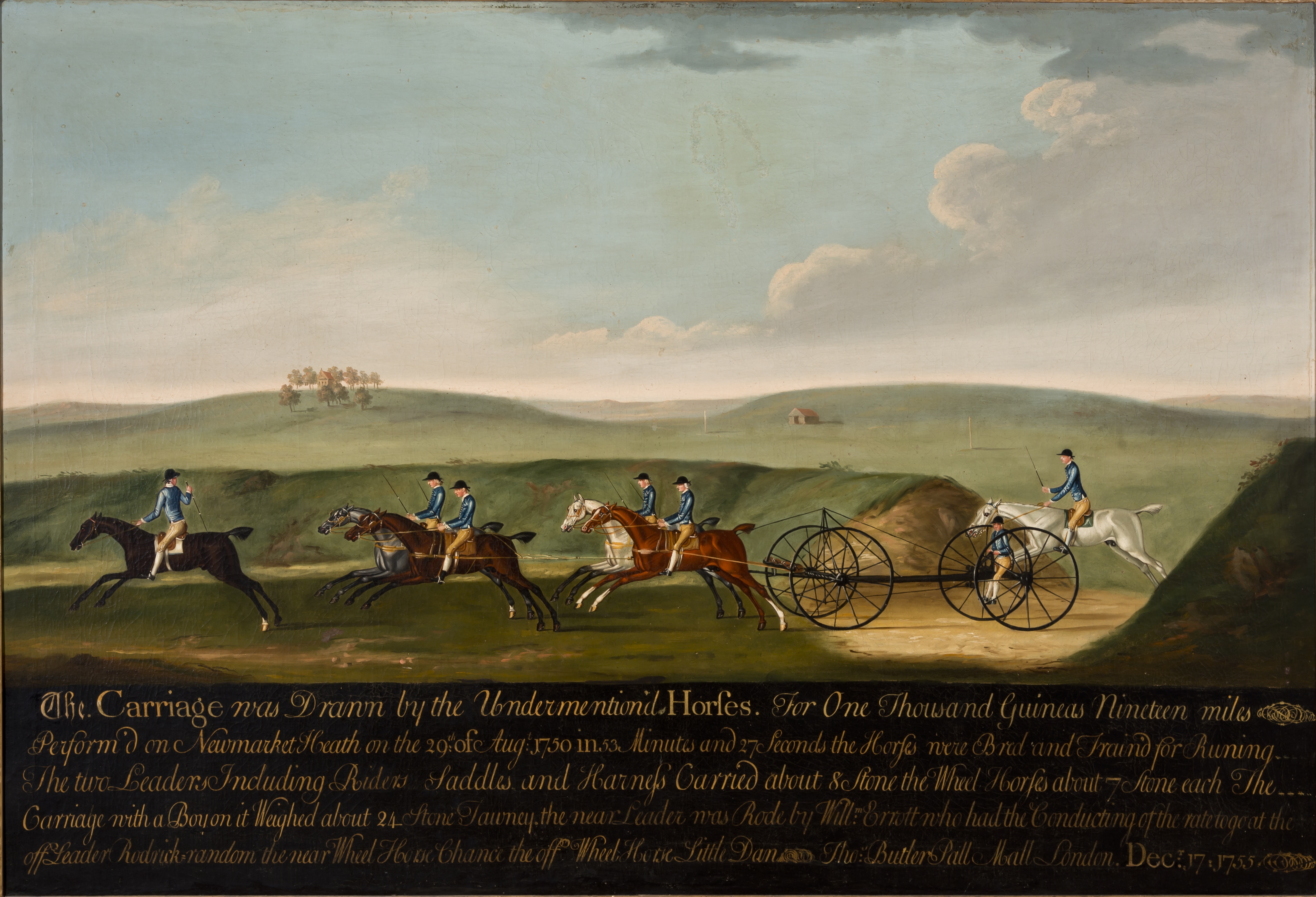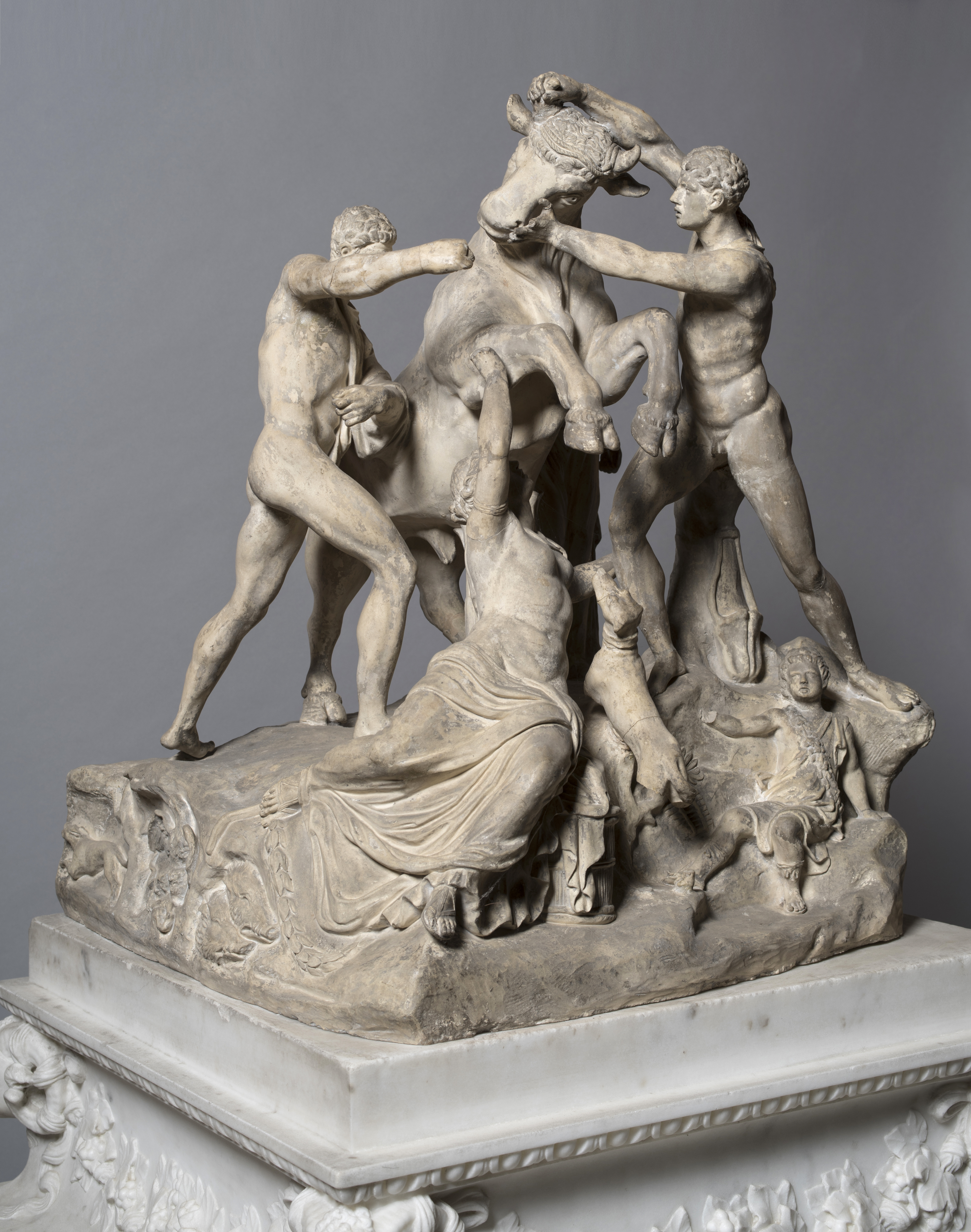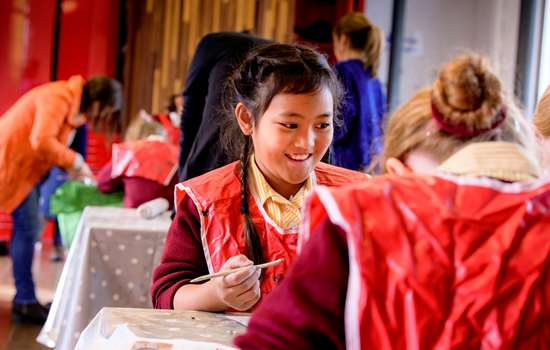Meet Our Expert
I’m Peter Moore, Curator of Collections and Interiors for Audley End House and Wrest Park. I’m responsible for over 20,000 objects, ranging from oil paintings and sculptures, to decorative arts and natural history.
I trained as an art historian, and after various curatorial jobs in national and regional museums and galleries, I started working for English Heritage in 2017. The variety of objects to be found in historic houses is quite staggering, and the layers of history provided by the people who lived in them add even more interest.
I’m on a constant journey of discovery, and I’m always learning new things. It’s a very special feeling to get up-close and personal with historic collections, and a pleasure to share some of them with you here.
- Peter Moore, Curator of Collections and Interiors (Audley End & Wrest Park)
Grant of Augmentation of Arms
Date: 1634
Description: The collection at Audley End has grown and developed over hundreds of years and this means that we don't always know how objects came to be there. The imagery in this beautifully painted document gives us an insight into the early colonisation of North America by Europeans. In particular, it reflects Europeans' colonisation of what is now Canada, and their interaction with the Mi'kmaq tribe from the Northeastern Woodlands. This is made up of areas now known as Canada's Atlantic Provinces, areas in Quebec and northeastern areas of Maine, USA. The Mi'kmaq's proximity to the Atlantic meant that they were amongst the first First Nations people to come into contact with Europeans.
This object is known as a ‘Grant of Augmentation of Arms’, an official document giving a person royal permission to add to their coat of arms. In this case, William Alexander, 1st Earl of Stirling (1567-1640) was allowed to add the arms of Nova Scotia (in modern day Canada) to his personal coat of arms by King Charles I in 1634. William was a Scottish courtier and poet who was involved in the colonisation of Port-Royal, Nova Scotia (‘New Scotland’ in Latin). He briefly established a settlement there which provided the basis for Scottish claims to the territory. However, the region became a site of almost constant conflict between the British and the French during the 17th and 18th centuries, with each nation competing for control over land and resources. During this early period of colonisation, the Mi'kmaq were largely allied with French colonial forces and participated in the fur trade, acting as middle-men between European traders and groups further west. This altered the Mi'kmaq's way of life dramatically, as they focused on trapping and trading furs rather than hunting and gathering as they had traditionally done.
The imagery on this document was painted by Edward Norgate, one of the most important British artists working in miniature during the early 17th century. The little scenes around the edge are detailed and painted with a very fine brush. They promote the natural resources of the ‘new world’, showing a fleet of ships arriving from Europe, mining for metals, logging, and hunting. Europeans referred to the continent we now call North America as 'the New World' from the time of Christopher Columbus's voyage in 1492. This name was used because the area was yet to be fully investigated by European explorers and colonisers. For the First Nations people living in Nova Scotia, 'discovery' by Europeans led to the seizure of their lands and/or the displacement of their communities. These were not empty territories when Europeans arrived but highly developed cultures that were destroyed by colonisers. Disease alone was catastrophic for First Nations people. It's estimated that between 1500 and 1600, the population of the Mi'kmaq shrank by half because they had no immunity against the diseases Europeans brought with them.
The Earl of Stirling's coat of arms, seen here, is made up of four quarters. The first and fourth bear the arms of Nova Scotia – a blue saltire on white (the reverse of the Scottish flag) including small shields decorated with the Royal Arms of Scotland. This reinforces Scotland's claim on the territory of Nova Scotia during the 17th century. Either side of the coat of arms are two 'supporters'. On the right is a mermaid, taken from the arms of Nova Scotia. On the left is possibly a very rare portrait of a chief of the Mi'kmaq, Sagamo Segipt, who travelled to England to meet Wiliam Alexander and Charles I in 1629. The earl's family motto at the bottom of the coat of arms, 'Per Mare Per Terras', means 'by land by sea'.
This object reminds us of the power of English and Scottish kings before the English Civil War – their belief in the Divine Right of Kings and their God-given ability to grant land, titles and privileges. Above the coat of arms, we can see William Alexander kneeling before King Charles who sits on a throne, wears his crown, and holds his sceptre in his right hand. The earl kneels on one knee to receive the Grant, complete with seal, from the king. Around the edge of this portrait, you can see the Royal Arms of England and Scotland, and the arms of Ireland. At the top of the grant is a map of Nova Scotia (see image above) with a large seal hanging from it. This includes a copy of King Charles's signature – his real signature appears just below it.
Further Learning Idea: Find out more about the Mi'kmaq and the areas they have lived in. You could chart the Mi'kmaq's territories on a modern map to better understand the geography of Mi'kmaq lands in the 17th century and today. What has the impact of European colonisation been on these areas? Students could work in small groups to research different aspects of life in the Mi'kmaq tribe, e.g. culture, language, religion and beliefs, food, and their experience of colonisation, and present their findings to the class.
'Portrait of Sir John Griffin Griffin' by Benjamin West
Date: 1772
Description: Audley End has been passed between many different families through marriage and inheritance over the centuries and we can see its various owners depicted in paintings still on display in the house today. By studying their portraits we can learn more about their stories and how they wanted to be portrayed.
Sir John Griffin Griffin inherited Audley End in 1762. He's best remembered for the substantial improvements he made to the house and the estate. He employed the leading interior designer of the day, Robert Adam, to create a new suite of rooms in the fashionable neo-classical style, and commissioned the renowned landscape gardener, Capability Brown, to remodel the surrounding parkland. The Audley End estate was very profitable and Sir John's income during the 1760s and 1770s was c.£6000-£7000 per year. This mostly came from agricultural activity, rents on his properties, his right to collect taxes on lighthouses in East Anglia, and his salary from his military career. Before becoming a member of the landed gentry, Sir John enjoyed a highly distinguished army career. He was first a Captain, then Lieutenant-Colonel, Colonel, Lieutenant-General, Colonel of the First Troop, and finally a General. He served in the Pragmatic Army in the Netherlands and Germany during the War of the Austrian Succession in the 1740s and commanded a brigade of at least four battalions in 1760 at the Battle of Warburg. That year Sir John was badly wounded at the Battle of Kloster Kampen. Some letters survive from his doctor describing, in gory detail, the wound Sir John sustained to his leg and how it became infected .
Sir John has chosen to celebrate his military role in this portrait by Benjamin West. Seated at a table, he's depicted wearing a full general’s uniform, with his jacket buttons undone and his cloak draped casually over his shoulders. We can see his hat and sword resting on a table beside him, while he points at a map of a military fortification. Echoing Sir John's relaxed body language, his horse stands at ease with its head lowered. The portrait suggests a confident and experienced military commander, reflecting Sir John’s achievements as a general in the Seven Years’ War. This was a global conflict lasting from 1756 to 1763, which was central to the emergence of Britain as the dominant naval and colonial power, and the leading player in the transatlantic slave economy. Sir John appears to have only been involved in the military campaign in Europe, but played an important role in the defeat of France which enabled Britain to become so dominant. Britain's colonial might laid the foundations for the Industrial Revolution.
Further Learning Idea: Reflect on the way that Sir John Griffin Griffin chose to be depicted in this painting as a successful soldier. How have others chosen to represent themselves in their portraits and how can we infer this by 'reading' these works? Study another portrait and note down any clues you see that give an idea of who the subject was and how they wanted to be depicted (e.g. the kinds of clothes they're wearing, objects they're wearing and other people in the portrait).
Worcester Cabbage-Leaf Moulded Jugs
Date: 1765
Description: Royal Worcester was established in 1751 and is one of the oldest English porcelain manufacturers still in operation today. The company’s early ‘cabbage-leaf’ jugs, which are distinguished by a moulded texture resembling cabbage leaves, were incredibly popular. An original receipt dated 1765 tells us that this pair was purchased for Audley End from a London-based ‘Glass and China Man’ named John Thompson, for four Shillings each. They were probably used for serving beer, cider or perry (similar to cider but made with pears).
Although porcelain had been made in Europe for almost half a century, Britain did not successfully produce it until about 1745, after which the industry expanded rapidly. Hard paste or 'true' porcelain had been perfected by Chinese ceramicists who kept the recipe for it secret. After many years of research, German physicist EW von Tschirnhaus and alchemist JF Böttger made hard paste porcleain in 1709. Their discovery led to the founding of a German royal porcelain factory at Meissen. Although they hoped to keep their recipe a secret, the Meissen factory was a victim of industrial espionage and spies found out about the recipe which was shared widely.
A lot of English porcelain was decorated in cobalt blue before glazing, in the style of imported Chinese wares. These examples are transfer-printed with a floral pattern incorporating rose blossoms. Jugs of this form, with their distinctive bulbous bodies, and pouring lip formed as a mask, were often described as 'Dutch Jugs'. Displaying influences from England, Europe, and the Far East, they reflect the increasingly globalised nature of craft and design during the 18th century.
Further Learning Idea: Take inspiration from ceramics around the world to create your own tile or a pot. You could use blue and white colours like the Chinese and the Dutch, or varied bright colours used in Indian and Turkish ceramics for example. You can find a variety of examples in the Victoria and Albert Museum's online collections.
Mammoth Tusk
Date: Excavated in 1832
Description: The study of fossils became incredibly popular during the 19th century, aided by the founding of new geological societies and museums. Richard Neville, 3rd Baron Braybrooke (1783–1858), who lived at Audley End from 1820, was a renowned geological enthusiast. This mammoth’s tusk is one of the many finds he unearthed and put on display in his home. According to an account in his History of Audley End, published in 1836, it was part of an important discovery of fossil remains from a pit at the back of Audley End village in 1832.
In addition to his geological collecting at Audley End, Richard Neville was instrumental in the foundation of Saffron Walden Museum, leasing the land on which the museum building was erected in 1835. Both he and his wife Jane were involved in local scholarly networks dedicated to the study of earth sciences and natural history. The Cambridge University Professor of Geology, Adam Sedgwick, was among their acquaintances. Their son, Richard, shared their love of the subject and developed an enormous collection of archaeological finds, geological specimens, and stuffed birds – many of which are still on display at Audley End today.
Further Learning Idea: Choose a geologist or paeleontologist and learn about their discoveries and what they reveal about the history of the natural world. You could share your findings with your class in a newspaper article, a presentation or a short performance.
'The One Thousand Guinea Carriage Race at Newmarket' by Thomas Butler
Date: 1755
Description: Some of the objects at Audley End are souvenirs that give us an insight into remarkable events and how they were commemorated. This painting depicts a famous horse race, held on Newmarket Heath on the 29th of August, 1750. Earlier that summer, the 4th Duke of Queensberry and the 10th Earl of Eglinton, bet Theobald Taaffe and Andrew Sprowle 1000 Guineas that they could get a four-wheeled carriage, carrying a man, to travel 19 miles on Newmarket Heath within an hour. They specially commissioned a lightweight carriage from Mr Wright – a Coachmaker in Long Acre, Covent Garden. On the day of the race, huge crowds assembled to witness the spectacle. The distance of 19 miles was achieved in 53 minutes and 27 seconds, well within the target of one hour.
In the following years, the ‘Great Chaise Match’, as it came to be known, was celebrated through a variety of engraved images, which were commonly sold as souvenirs by London printsellers. Thomas Butler specialised in selling these kinds of prints, and had a shop in the prestigious location of Pall Mall. For clients who demanded more elaborate and expensive works of art, he sometimes copied the prints he sold as much larger paintings – of which this work at Audley End is a prime example.
Further Learning: Consider an event or spectacle from your own lifetime that you would want to commemorate. You could design a badge, keyring, postcard or something completely different to commemorate the event. Organise a competition amongst your class to judge whose souvenir is the most saleable.
Coade Stone model of the Farnese Bull
Date: 1772
Description: During the 18th century, the discovery of Pompeii and Herculaneum fuelled a renewed interest in the classical world. This led to the development of a new cultural movement in Western decorative and visual art, known as ‘neoclassicism’. The neoclassical style became increasingly fashionable among the British aristocracy and copies of ancient sculptures were highly sought after.
This sculpture reproduces, in reduced-scale, the figural group known as the ‘Farnese Bull’ – the single largest sculpture recovered from antiquity, dating from AD 222-235. The Farnese Bull was unearthed in Rome in 1546, and is itself a copy, believed to have been based on an Ancient Greek sculpture produced in the second century BC. It dramatises a story from Greek mythology, in which Dirce is brutally killed by being tied to the horns of a bull.
This work also reveals how a new material was being used to create sculptures during the 18th century. The Coade Stone Manufactory, based in Lambeth, London, specialised in these kinds of reproductions. The company’s founder, Eleanor Coade, developed a unique form of artificial stone, which could be used in moulds to cast extremely durable sculptures with fine details. This Coade Stone model of the Farnese Bull at Audley End was purchased in 1772, and has been on display there ever since.
Further Learning Idea: Choose a material to use to create your own sculpture of an artwork or object you find interesting. When you've finished compare the characteristics of your sculpture with one made of Coade Stone. Does your sculpture have the same smooth and detailed features as a sculpture made of Coade Stone and why? Is your sculpture more or less likely to last as long as a sculpture made of Coade Stone. Why do you think this is?
